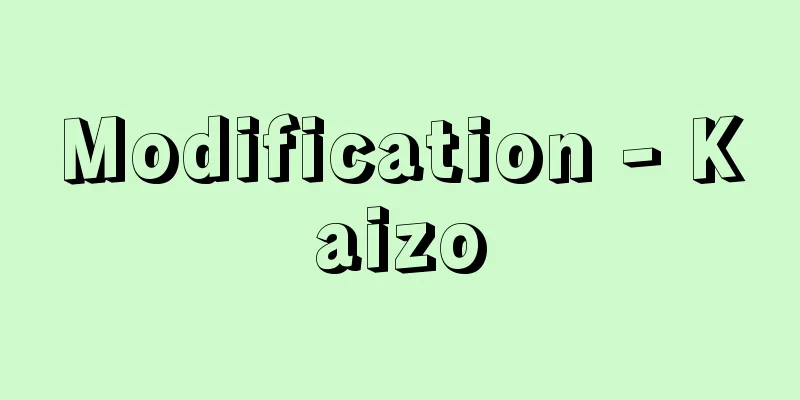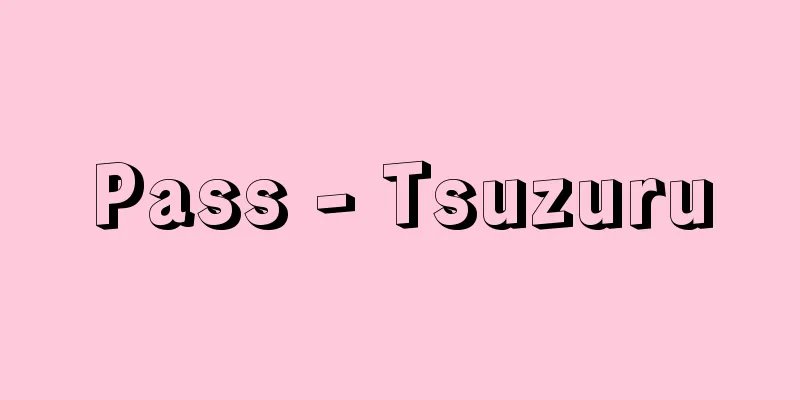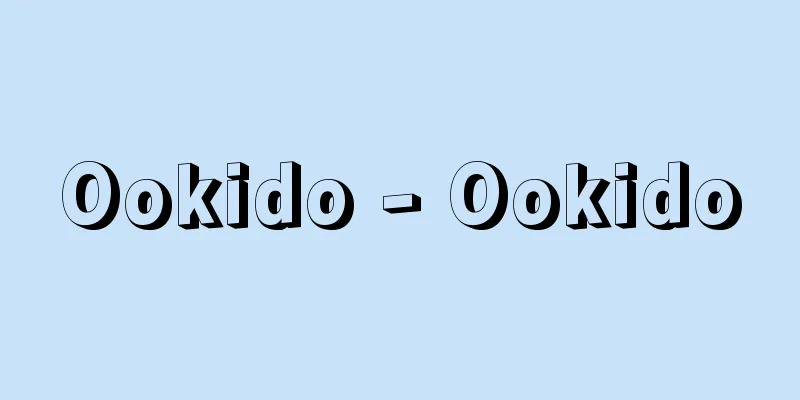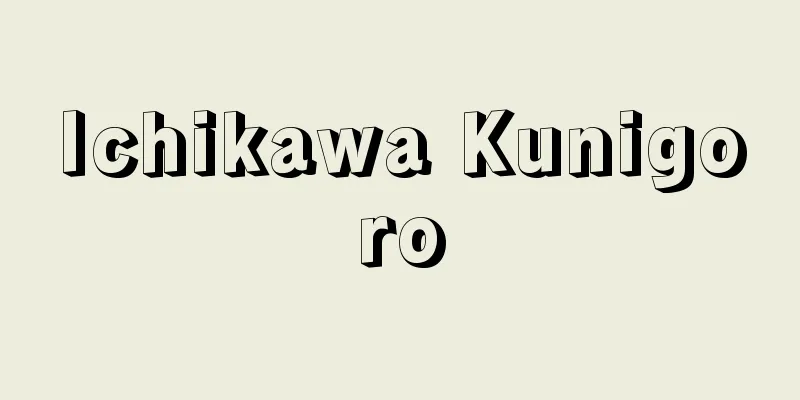Port-au-Prince (English spelling)
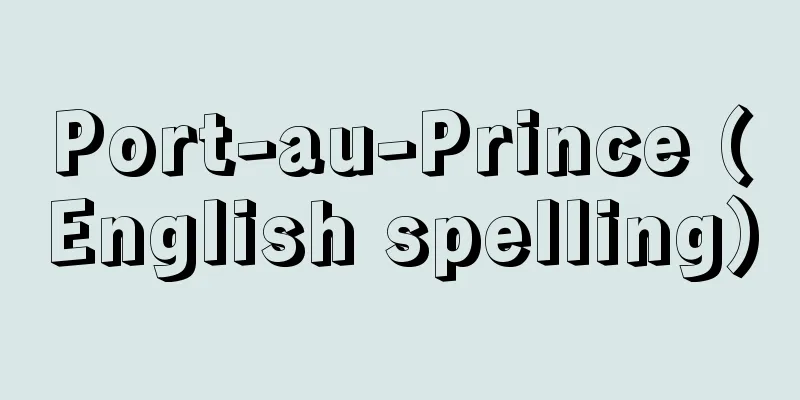
|
The capital of the Republic of Haiti, located in the West Indies. It is the largest city in the southern part of the country, with a population of 846,247 (1995). Founded by the French in 1749, it was originally called L'Hospital. In 1811 it was renamed Port-au-Prince. It became Haiti's capital when the country gained independence in 1804. In the center of the city there is a statue of Dessalines, the hero of Haiti's independence. It is a major trading port that handles 60% of foreign trade, and the Iron Market, with its large iron umbrella built in the early 20th century, is a popular tourist spot. [Kamiyo Osamu] Source: Heibonsha World Encyclopedia, 2nd Edition Information |
|
西インド諸島にあるハイチ共和国の首都。同国の南部に位置する最大の都市で,人口は84万6247(1995)。1749年にフランス人によって建設され,当初ロスピタルと呼ばれた。1811年ポルトー・プランスに改称。1804年ハイチの独立とともに首都となった。市の中央に独立の英雄デサリーヌの像がある。外国貿易の60%を取り扱う主要貿易港で,20世紀初頭に建設された大鉄傘の〈鉄の市場〉は観光の名所。【神代 修】
出典 株式会社平凡社世界大百科事典 第2版について 情報 |
<<: Porto Velho (English spelling)
Recommend
Oak Lauro - Oak Lauro
...Among these new trends in modern times, influe...
Virus - Virus
A program that exploits security flaws or bugs in ...
Wayang
Originally meaning "shadow," the name re...
Acetylene bond
→ Triple bond Source: Shogakukan Encyclopedia Nip...
Church of the Nazarene
One of the leading Holiness churches in the United...
Sarafan (English spelling) сарафан/sarafan Russian
One of the Russian national costumes. It is a sle...
Square harp - Kakugataharp
…This type spread throughout Asia and Africa. Nex...
Oami Shirasato [town] - Oami Shirasato
This is an old town in Sanbu County, occupying the...
LHA - LHA
A type of file compression and decompression softw...
Collected Works of Bai
A collection of poems and prose by Bai Juyi. This...
Pendentive (English spelling)
Architectural term. The spherical triangular parts...
Kadmeia
…According to legend, Cadmus, son of a Phoenician...
Bartók Béla
Hungarian composer, ethnomusicologist, and pianis...
Tadao Ina
Year of death: 25th August 1772 (22nd September 17...
Ejaculation - Shasei
This refers to the ejaculation of semen. Stimulat...
